Landraces: What are they and why are they so important?
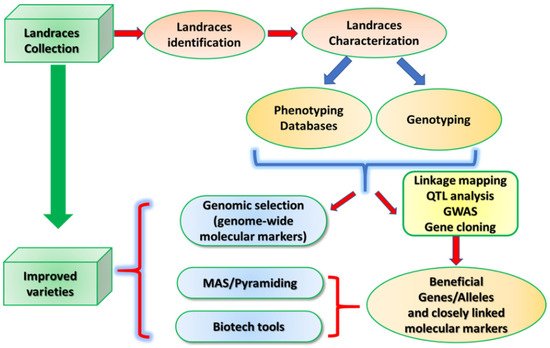
Local varieties, the basis of biodiversity. What are they and why are they so important for sustainable development and the environment? The use of local varieties or indigenous plants is one of the many practices of organic farming, regenerative agriculture and other currents that seek to improve the environment and the sustainability of resources.
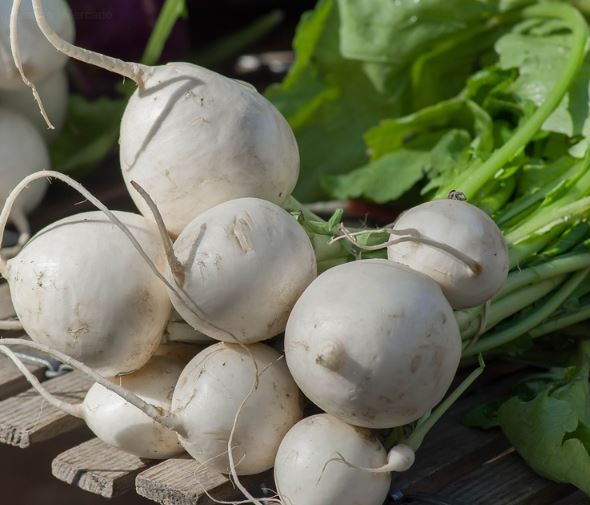
What are local varieties?
Local plant varieties are defined by the following characteristics:
- Specific geographical location: refers to the fact that they belong to a delimited geographical area. They are varieties that have been cultivated for a long time in specific regions and with specific management, so they are highly adapted to these conditions.
- Heterogeneity: one of the most important characteristics of local varieties is that there is a lot of difference between some plants and others if we compare them with commercial varieties that are all the same. This is important since any disturbance that affects our crop will not have the same impact on all plants.
- Selection by the farmers: each year the farmers select the seeds of the best plants and thus improve them over the years.
Local varieties in organic farming
The particularities of local varieties arouse great interest, especially for organic farming, because:
- They contribute to increasing the biological diversity of our orchard, biodiversity is one of the most outstanding components of organic farming since it represents desirable functions of increased stability, recycling of nutrients, biological control of pests and diseases, etc.
- They show a greater adaptation to the cultivation conditions of organic farming, since they are based on a type of low-input agriculture, they are adapted to the soil and climate conditions of the region and they present natural resistance to pathogens.
- They have not been selected looking for productivity, like conventional seeds, but have been selected looking for specific uses and qualities.
- They represent a cultural heritage that should not disappear.
- Local varieties give autonomy back to farmers who regain control of a part of their crops since they do not depend on large companies to obtain seeds.
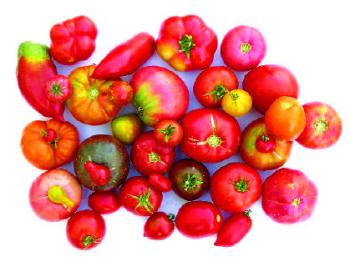
Where to get seeds of local varieties?
Annually, Biodiversity Fairs are organized in different parts of the Spanish State in which the exchange of seeds is a fundamental activity. In this sense, the Cultivated Biodiversity Fair that the “Resembrando e Intercambiando” Seed Network organizes annually in different parts of the State, as well as those held by the different local networks and groups linked to it, stands out.
The exchange of seeds is a very effective way to stock up on different varieties and for this it is essential to create spaces that encourage this practice. Go ahead and organize a seed exchange day in your municipality!
What are seeds and where do they come from?
Seeds are plant structures responsible for reproducing species. They are also the basis of any agricultural production system and a basic food in itself, due to the nutritional reserves they possess. They appear in the state of maturity of the plant and must be collected in the last phase of growth, old age.
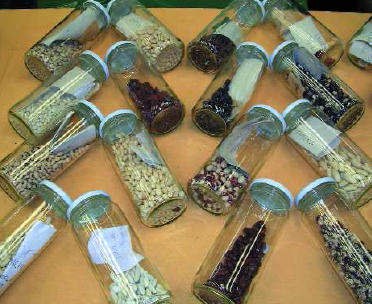
sexual multiplication of plants
There are four phases of sexual multiplication: flowering, pollination, fertilization and fruiting.
According to the time of flowering, plants can be classified into three groups:
- Annual plants: they bloom in the first year of planting, as is the case with wheat, tomato, pepper and lettuce.
- Biennial plants: They flower the second year, such as carrots, beets, cauliflower and onions.
- Perennial plants: they last several years and bloom more than once, such as alfalfa and rosemary.
The flowers of the plants can be complete, with both sexes in the same flower or unisexual, with only female or male sexual structure, giving rise to:
- Dioecious plants: male and female flowers in different individuals.
- Monoecious plants: separate male and female flowers on the same individual.
seed maturity
There is a morphological maturity that corresponds to the complete development of the structures that form the seed (embryo, reserves and covers). When the plant goes through all the phases of its biological cycle correctly, including desiccation, the seeds lose the inhibitory substances that accompany it or accumulate certain substances that promote germination, which constitutes their physiological maturity.
Germination
The factors that condition the germination of the seeds are, among others: the germinative power, the interruption of the dormancy, the adequate environmental conditions of humidity, light, temperature and aeration.
Germination can be compromised by:
- Aged seeds, collected immature or that have suffered a defective agronomic management with nutritional deficiencies or stress.
- Few reserves in the endosperm or cotyledons.
- Physical damage, in handling and storage, or sanitary problems
- caused by pests or diseases.
- Genetic issues specific to the species.
Seed life
For most agricultural plants, the useful life of the seeds is between 3 and 5 years, as long as they are kept in good condition. There are some species whose seeds have a shorter average duration, in the case of the onion, which lasts a year if stored in favorable conditions.

![Photo of Planting Onions in the Garden: [Cultivation, Care, Irrigation, Land and Pests]](https://www.complete-gardening.com/wp-content/uploads/2022/08/planting-onions-in-the-garden-cultivation-care-irrigation-land-and-pests-390x220.jpg)
![Photo of Complete Guide to Learn to Plant Palm Trees [Step by Step]](https://www.complete-gardening.com/wp-content/uploads/2022/08/complete-guide-to-learn-to-plant-palm-trees-step-by-step-270x220.jpg)
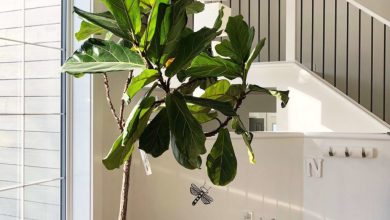
![Photo of Spanish Plants in Danger of Extinction [List + Images]](https://www.complete-gardening.com/wp-content/uploads/2022/08/spanish-plants-in-danger-of-extinction-list-images-350x220.jpg)